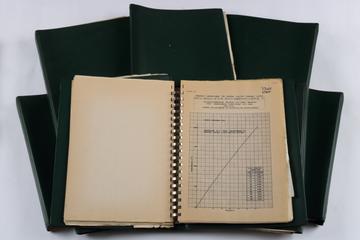
OSRAM-GEC Limited
OSRAM-GEC was formed in 1986 as a joint undertaking between the General Electric Company, who owned 51%, and OSRAM GmBH, who owned the remaining 49%. This was a significant undertaking at the time as it allowed the German company to use the OSRAM trademark in the United Kingdom for the first time since the First World War.
The OSRAM trademark was first registered in Britain by Auer in April 1906, one month after it was registered in Germany, as a way of marketing its new form of lighting filament. This used a mixture of osmium and tungsten, which proved to be superior to previously used materials. Hugo Hirst, founded of the General Electric Company, was interested in these new developments and hope to come to an agreement that would his company to use the new process in Britain. In October 1907 the Wolfram (Tungsten) Metal Filament Lamp Works Ltd was founded as a joint venture between Auer, GEC and Just & Hanaman, who had developed a method of producing tungsten lights. The rights to the OSRAM trademark in Britain were transferred to the new company, which then changed its name to the OSRAM Lamp Works Ltd.
During the First World War the large German holding in the company drew a great deal of negative attention from the British press. This led to the German assets in the company being seized by the government and in 1916 GEC was able to buy these from the Custodian of Enemy Property for £260,000. As a result, despite the fact that the three German lighting manufacturers merged to form OSRAM GmBH in 1919, they could not use this trademark in Britain, instead using the name WOTAN. In 1962 the General Electric Company formed OSRAM General Electric Company Ltd to manufacture commercial, industrial, domestic and street lighting.
Following the Second World War OSRAM GmBH attempted to regain control of its trademark in Britain, but these negotiations were unsuccessful. This was until 19th March 1986 when Helmut Plettner was able to announce that GEC and OSRAM had entered into a joint undertaking, OSRAM-GEC Limited. Not only did this return the rights of the trademark to the German company but it also allowed the considerable technological innovations of the company to be exploited in the British market.